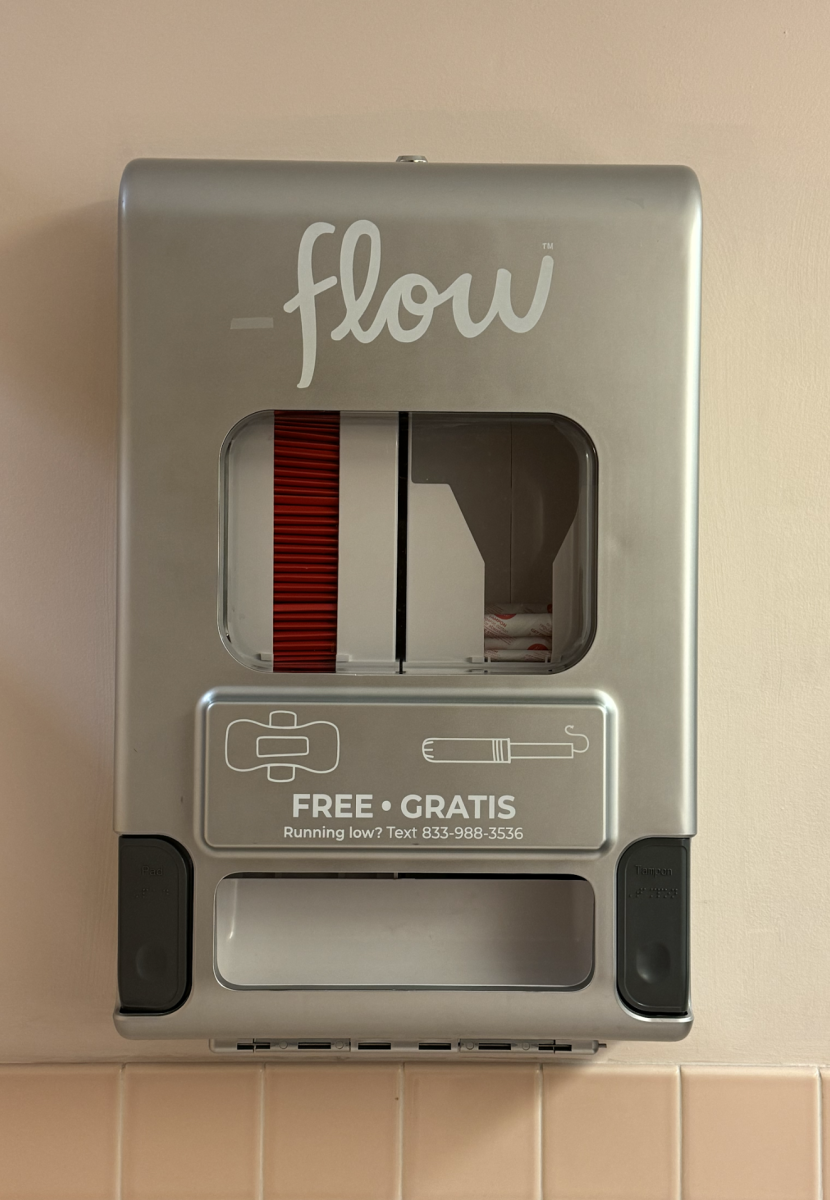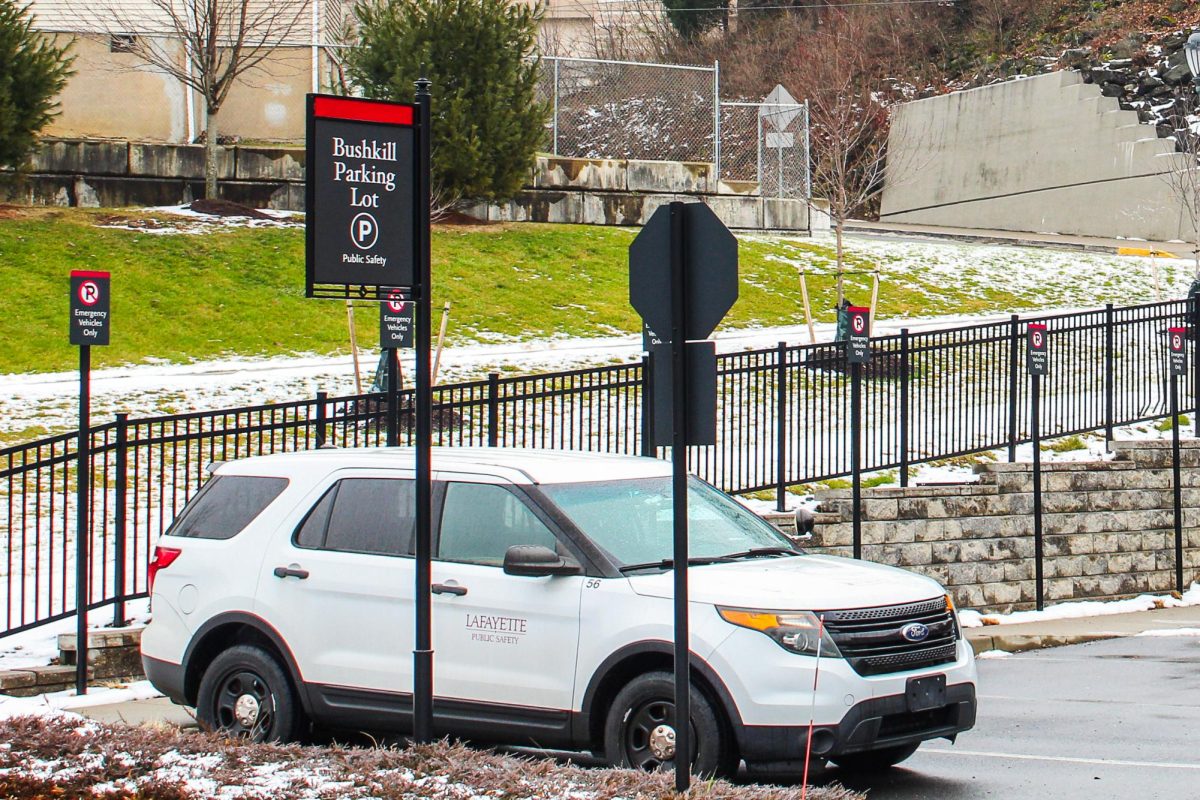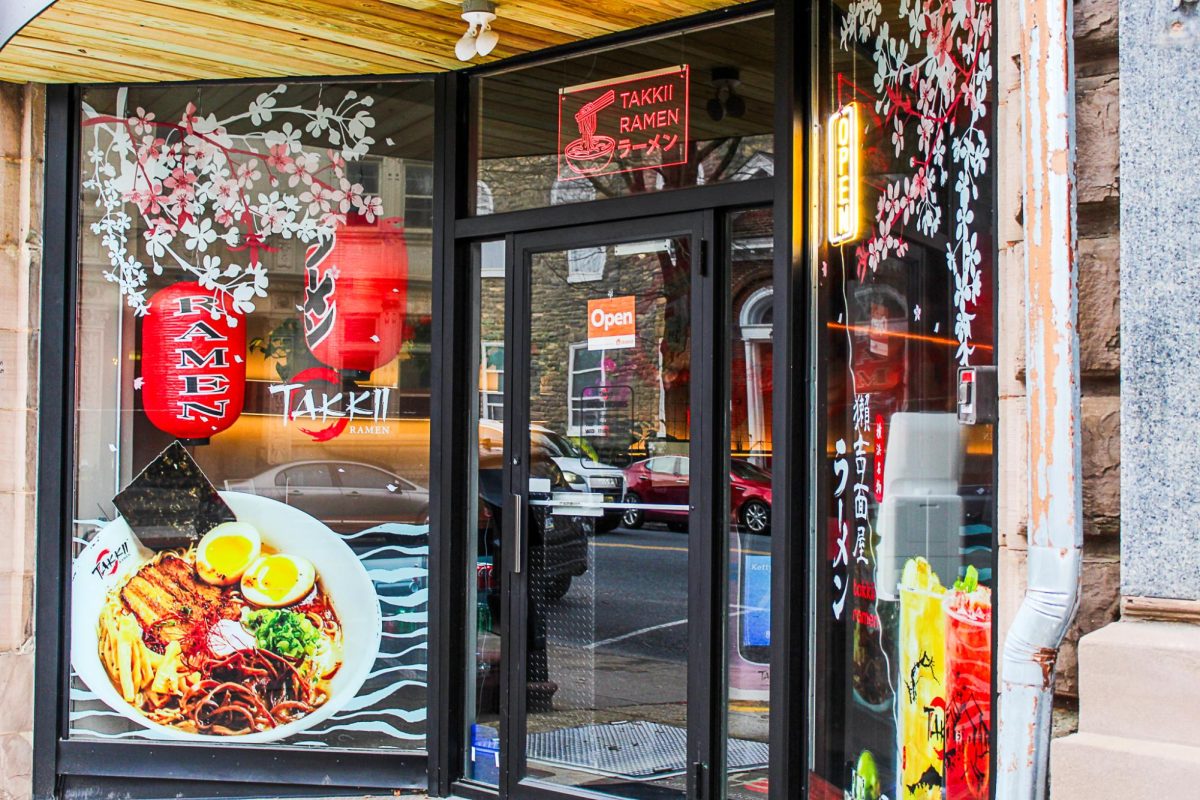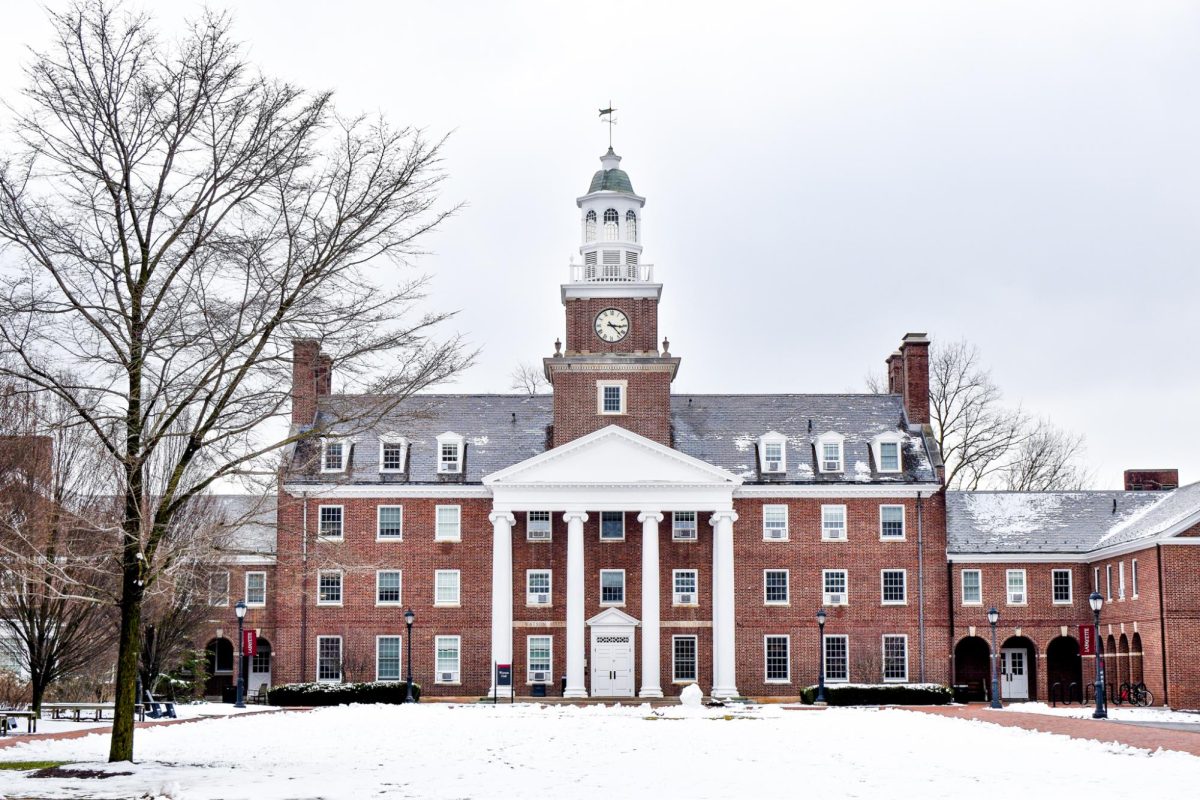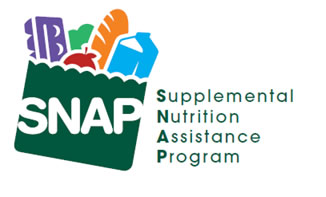This December, the Trump Administration announced significant cutbacks to the Supplemental Nutrition Assistance Program (SNAP), a federal program that provides eligible households with a monthly supplement for purchasing nutritious food. These cutbacks will not only affect SNAP recipients across the United States, but will also have significant impacts in the Lehigh Valley, and Easton in particular.
“The real root cause of hunger is a lack of resources, it’s not that the person has done anything wrong. A lack of resources has pushed them into this situation,” said Nancy Walters, founder of the Easton Hunger Coalition.
There are various programs in Easton aimed at providing healthy, nutritious food to those residents who struggle with food insecurity. The Easton Hunger Coalition, founded in 2014, is one such collaborative effort between local agencies, pantries, meal centers, and other food programs to attempt to significantly lessen hunger in the area.
The Easton Hunger Coalition offers emergency food services such as food pantries, meal centers, backpack programs, after-school programs, and lunch programs for kids, but is mainly focused on approaching the issue of hunger by uncovering its root causes.
When discussing the changes to SNAP, Walters said that the idea behind the cutbacks is that “if the [White House] takes away SNAP, it will force [those who are dependent on it] into jobs, and they will become more self-sufficient.”
However, Walters explained that many of the people who come to the Easton Hunger Coalition are not capable of working. The job opportunities available to them may be impossible to take on without a car, they may suffer from mental health issues or addiction, they may have been incarcerated in the past, or have a number of other barriers to employment.
“[The White House] is making the presumption that if a person isn’t working, it is because of their own choice, rather than systemic reasons,” she said. “[The cutbacks] will not be a positive thing, they will result in more people in need instead of more people going to get jobs.”
In 2018, around 22.5 percent of households in Easton were SNAP recipients, with Easton constituting the largest percentage of SNAP recipients in Northampton County according to data from the US Census Bureau. The new rule change will take effect April 1, and is expected to impact nearly 700,000 people across the country.
Within Easton, the West Ward is considered what the United States Department of Agriculture (USDA) has coined a “food desert.” Sharon Engel ‘22, the president of the Food Recovery Network at Lafayette, explained that this designation considers “income and access” to food. Engel said that “if there is not a grocery store in a walkable distance, or if most people don’t have cars,” this would signal the low access that would classify a given area as a food desert.
Engel added that, in the West Ward, “there is no actual grocery store at a convenient distance…there are mostly only gas stations and corner stores.” As a result, many residents rely on SNAP, food pantries, free school lunches, and other programs to fulfill their food and nutritional needs.
In order to be eligible for SNAP, a household must meet certain requirements. Its gross monthly income must be at or below 130 percent of the poverty line, net income must be at or below the poverty line, and assets must fall under specific limits according to the Center for Budget and Policy Proposals.
If a household meets this criterion, it can apply for SNAP benefits. However, there are other stipulations, including that “able-bodied adults without dependents and between the ages of 18 and 49 can receive only three months of SNAP benefits in a three-year period,” if they are not working for a minimum of twenty hours per week, according to the USDA.
Despite this rule, states with high unemployment rates or a clear lack of available jobs can decide to waive those time restrictions. However, the Trump Administration’s new cutbacks to the program change this dramatically. Beginning April 1, the criteria for states to maintain a waiver to relinquish these time restrictions for able-bodied adults will be increasingly difficult to achieve.
The new plan will disallow states from issuing waivers unless the county has an unemployment rate of 6 percent or higher, according to the USDA. These waivers will only be good for one year, and will require the governor to “support the request.” In December 2019, the unemployment rate in Northampton County was 4.8 percent, according to data from the Bureau of Labor Statistics.
Ross Marcus, Executive Director of the Neighborhood Center in Easton, said he disagrees with the Trump administration’s rationale for the cutbacks. He said the idea that limiting access to necessities will encourage people to work “is a very old fashioned notion that…was proven wrong years ago, and [the Administration] is just bringing it out again in the name of going after food stamps.”
The Neighborhood Center provides a food pantry every Friday, as well as every other Wednesday, for households who have self-declared that they are below a certain income level. Marcus is unsure of how many households who visit the Neighborhood Center would be affected by these cutbacks, as they are very specifically targeted at able-bodied adults with no dependents.
However, even if the cuts do not hurt a large number of recipients in Easton, “those that it will hurt, it will hurt dramatically,” Marcus said. By taking away SNAP for certain people and adding another expense to their daily life, he explained, “all [the Administration] is doing is pushing people more and more towards homelessness.”
Both Walters and Marcus expressed uncertainty about what is to come after April 1.
“I don’t think any pantries are ready for what might happen,” Walters said. She predicted that the need for the services provided by the Easton Hunger Coalition, the Neighborhood Center, and other food pantries will increase and that the potential growth cannot be measured right now.
Marcus said that, in order to gauge the effects of the cutbacks on the Easton area, he will need to wait and see the number of people at the Neighborhood Center pantries after April 1.
He added that the Neighborhood Center “is a very welcoming place…people will get into individual conversations, and that’s where I suspect we will hear about the impact…[if] someone pulls aside staff person and tells them about the problems they are having.”
Marcus said that the center would deal with those types of issues on a case-by-case basis, and “maybe need to look at giving people in more desperate situations a little more food.”
The future of the cutbacks are still relatively unclear. While, as of right now, they will go into effect on April 1, Walters mentioned that many states have filed lawsuits against the rule change, including Pennsylvania.
“When you tie nutritional support to a work requirement,” Walters said, “it’s a misguided effort. Proper nutrition is needed to maintain your health and be a productive worker. One would think you should strengthen SNAP instead of weaken it.”


